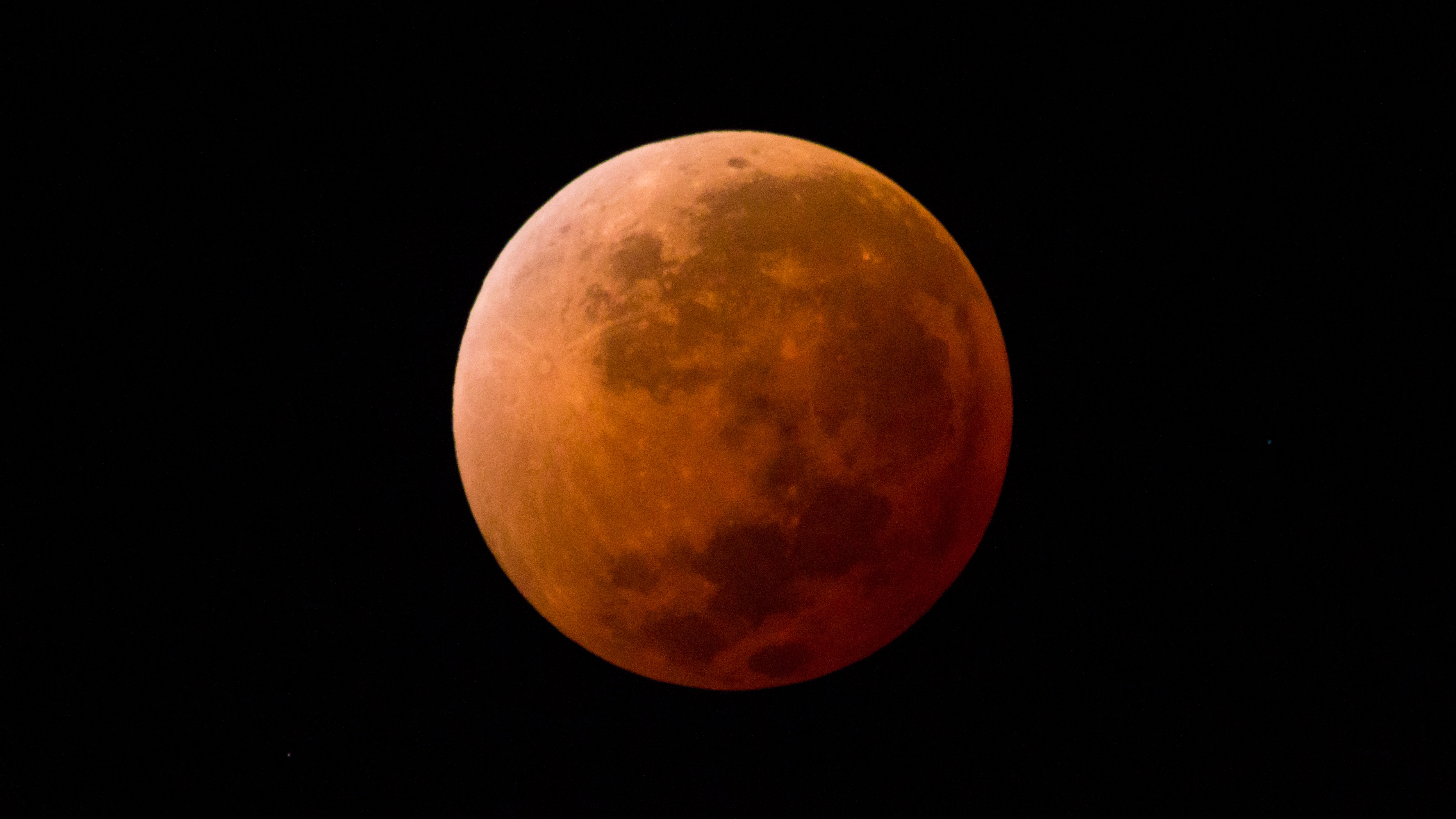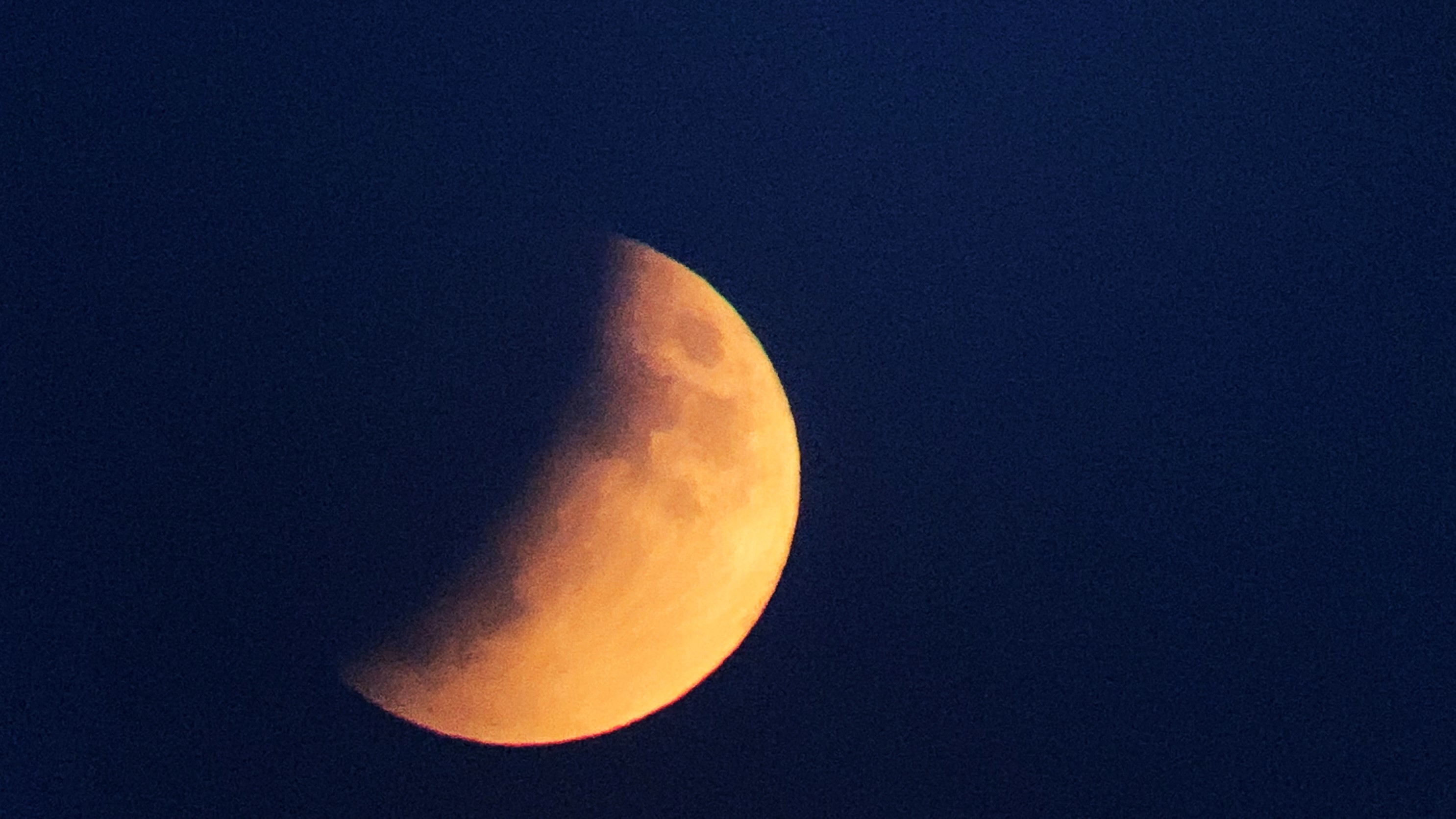How to watch a lunar eclipse
Find out what a lunar eclipse actually is, when you can see the next one, and how to make sure you have the best seat in the house

A lunar eclipse is a truly special celestial event cherished by those of us who love the outdoors. If you missed out on the recent lunar eclipse due to clouds or simply being fast asleep, not to worry – there’s another one coming up this year on 28 October, 2023. In fact, lunar eclipses occur on an average of three times a year, so if you’re just getting into stargazing or planning on doing a lot more camping this year, you’ll want to be on the lookout for this planetary affair.

What is a lunar eclipse?
A lunar eclipse is basically just a shadow on a cosmic scale. It occurs on the full moon, so it’s a great opportunity to pull on your hiking boots and combine one with a full moon hike. A lunar eclipse takes place when the earth is positioned between the sun and the moon in such a way as to cast its own shadow on the face of the moon. When this occurs, the shorter blue waves of light from the sun scatter while the longer red light rays only reach the moon.
As NASA explains, there are three different types of lunar eclipse:
- Total lunar eclipse: the moon is caught in the earth’s inner shadow, known as umbra, making it appear red or orange.
- Partial lunar eclipse: Only part of the moon is caught in the earth’s umbra because the sun, earth and moon aren’t perfectly aligned, so only part of the moon appears red or orange.
- Penumbral lunar eclipse: Here the moon passes into the earth’s wider shadow, known as the penumbra, and though the moon does appear slightly darker, these eclipses aren’t very noticeable.
In total, eclipses can last for several hours but the main action is usually not much more than an hour.

How to watch a lunar eclipse
Watching a lunar eclipse is a lot less dangerous than a solar eclipse, as basically all you need to do is be outside at the right time and in the right conditions and look up – no special glasses required. That said, you do need to be on the side of the earth that’s experiencing night to see the eclipse, and we like this handy time and date calendar from Space.com to help figure out if you’re in the right geographical location.
If it’s going to be night time where you are for the next lunar eclipse, the next thing you need is clear or reasonably clear skies. We’re sorry to say that even a light cloud could obscure your view. If you happen to live or be traveling near any of the best National Parks for stargazing, you can all but guarantee some inky black skies.
If the planets align (with the weather forecast and your geographic location), a total or even partial lunar eclipse can really be worth staying up all night for. Here’s what we recommend you bring to make the most of your eclipse viewing:
All the latest inspiration, tips and guides to help you plan your next Advnture!
- A pair of binoculars to get a better view of the moon.
- A flask full of hot chocolate since it’s always chillier at night.
- A warm down jacket and a beanie hat.
- A comfortable camping chair.
- A long lens camera if you want to document the action (my Canon Powershot 500SX grabs great shots of the moon).
With these items, you can comfortably kick back, relax and wait for the universe to put on a great show.
Julia Clarke is a staff writer for Advnture.com and the author of the book Restorative Yoga for Beginners. She loves to explore mountains on foot, bike, skis and belay and then recover on the the yoga mat. Julia graduated with a degree in journalism in 2004 and spent eight years working as a radio presenter in Kansas City, Vermont, Boston and New York City before discovering the joys of the Rocky Mountains. She then detoured west to Colorado and enjoyed 11 years teaching yoga in Vail before returning to her hometown of Glasgow, Scotland in 2020 to focus on family and writing.

